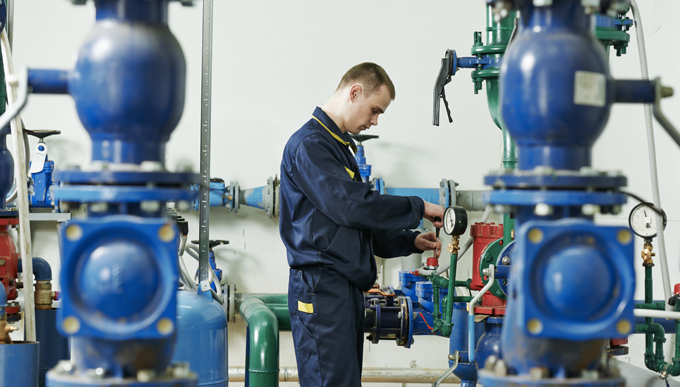
Energy and water conservation deliver a wide range of advantages, including cost-related benefits, ancillary savings, infrastructure improvements, reduced pollutant emissions, improved energy security, and, in some cases, increased productivity.
For both savings and revenue, energy use becomes a vital place to look.
A March 2009 article in the New York Times noted an increasing trend among large corporations to hire a Chief Sustainability Officer (CSO). SAP, DuPont, and Flowserve are just a few companies mentioned who already have CSOs. These C-level officers are usually responsible for saving energy, reducing carbon footprints, and developing “greener” products and processes.
For them, the big task is to tie energy usage to cost and to control both. Tying the energy data that is acquired from machinery, processes, and building to electric rates allows them to see what savings are possible. The key is to control energy use in the most effective way for the individual business. This encompasses its operation, facility structure, and processes, as well as being heavily affected by the time of the year.

Now that we are in the winter months, many CSOs, chief engineers, and facility managers are carefully assessing and analyzing their HVAC systems to reduce monthly energy expenditures. Here are some energy efficiency measures that require little to no upfront capital cost that can be easily applied to capture energy savings this winter:
- Minimize direct cooling/heating of unoccupied areas by system zone controls or occupancy sensors or by turning off fan-coil units and unit heaters.
- Employ heat recovery from exhaust air and processes for preheating or precooling incoming outdoor air or supply air.
- Use waste heat (e.g., hot gas, return air heat, return hot water) as an energy source for reheating for humidity control (often air is cooled below the dewpoint temperature to remove moisture and then must be reheated to the desired temperature and humidity).
- Eliminate simultaneous heating and cooling through mixed returns.
- Lower heating and raise cooling temperature setpoints to match the ANSI/ASHRAE Standard 552 comfort range.
- Many commercial and industrial facilities use fossil fuel-fired boilers to produce steam or hot water for space heating or for process heating. Boiler efficiency improvement through oxygen/air optimization. If it were possible to reduce the percent of air to 10% without changing the stack temperature rise, the efficiency could increase to about 81.6% which represents a decrease in fuel usage and costs of about 5%.
- Operate boilers at their peak efficiency; shut down large boilers during summer and use smaller boilers.
- Preheat combustion air, feed water, or fuel oil with reclaimed waste heat from boiler blowdown and/or flue gases.
- Adjust boilers and air-conditioner controls so that boilers do not fire and compressors do not start at the same time but satisfy demand.
The above energy efficiency measures not only save money on utility costs, maintenance, and operation expenditures but also provide necessary data for future savings. This data can be collected via building automation systems and analyzed with the help of engineering and/or machine learning features.






